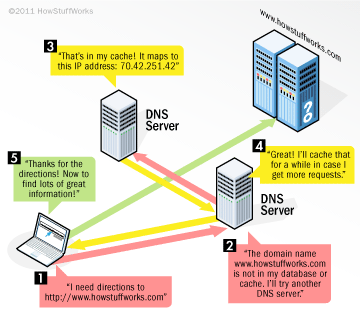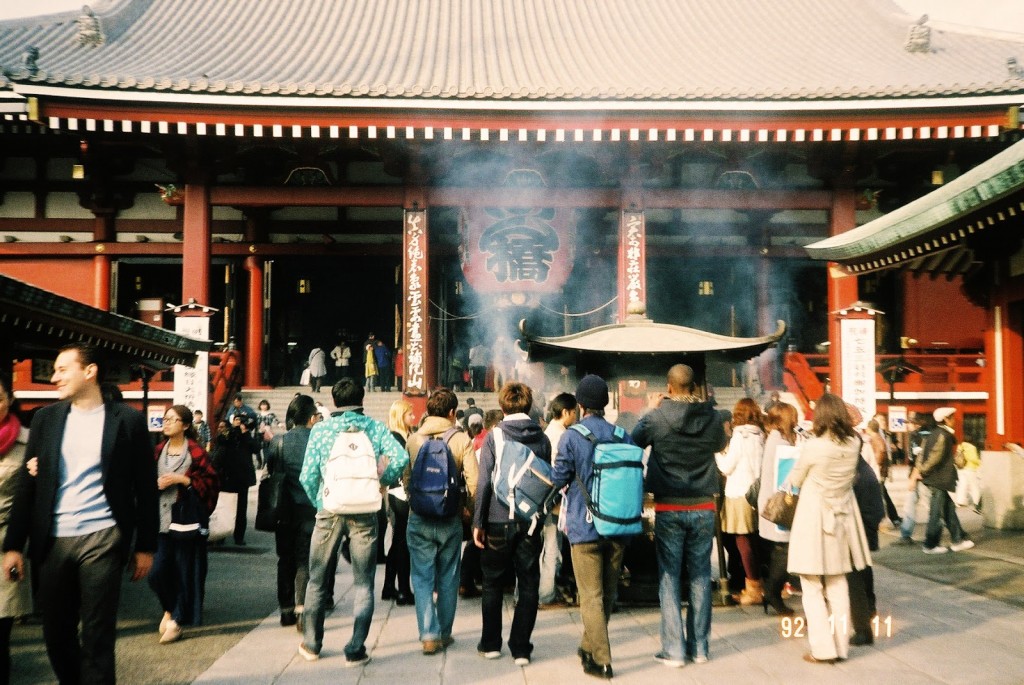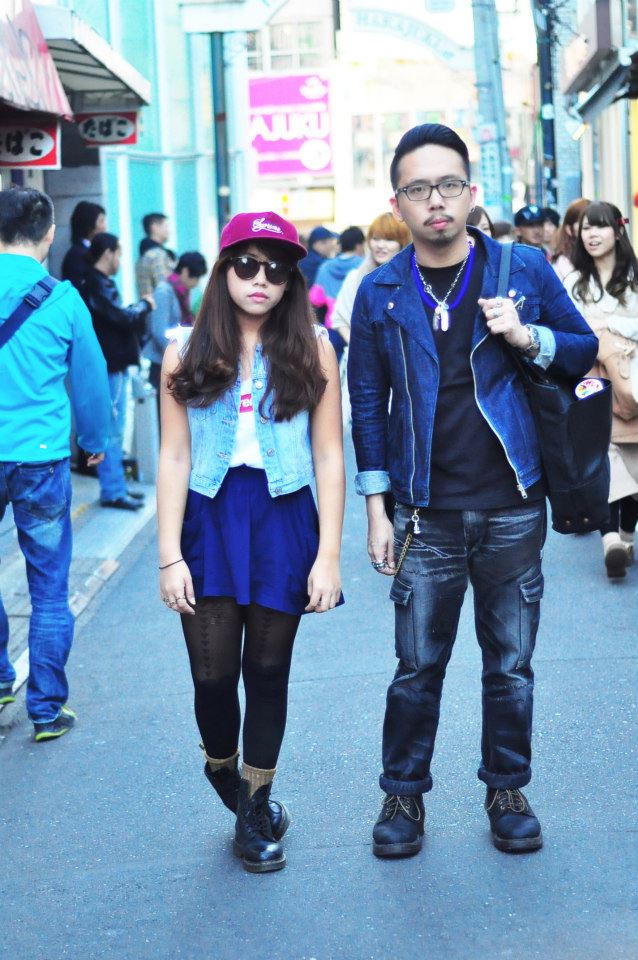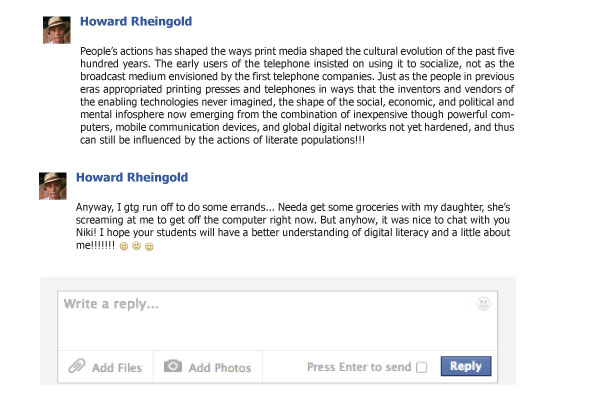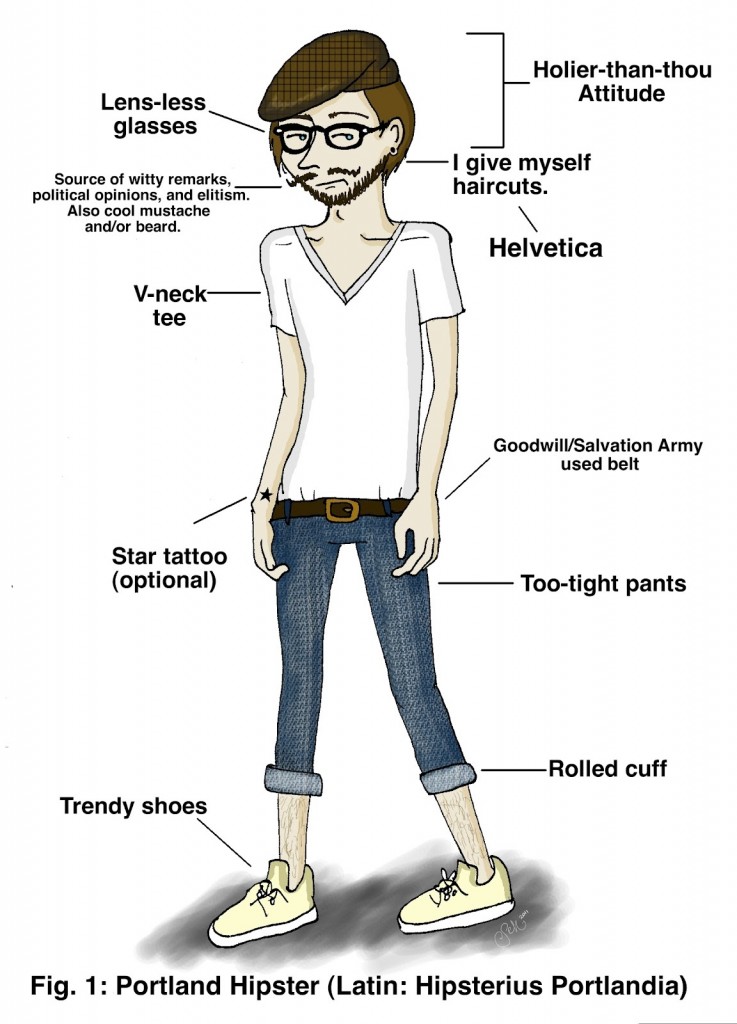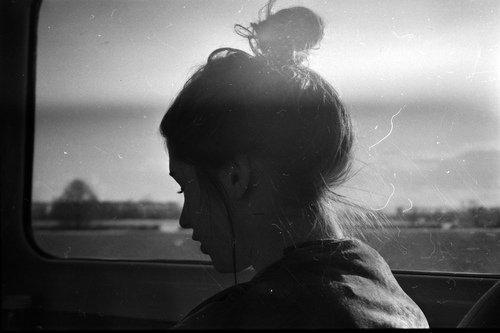Technology and Culture
In reference to 5.1’s reading of Murphie, Andrew, and John Potts. Culture and Technology (PDF) It discusses on the idea of culture and technology, how technology in the 21st century must be able to adjust to changing social circumstances, and that new media in particular requires creative engagement with rapidly developing technologies.
While I’ve learnt from my previous modules that Techno-determinism itself is solely the cause of everything, the belief is that people actually depend on technology to shape our social structures and society… Machines have finally won the battle and taken a toll on us. I’d like to believe so and it might be true to a certain extent but I choose not to bend to that side. Instead, I feel that even though the system of technology has become vital in our everyday lives, it’s not just a physical thing, not just a technical invention, but it any inclusion of how people use it, the body of knowledge that exists within it, and most of all it involves techniques.
Aside from all the technicalities, I’d like to relate it to how technology affects the music culture. Back in 2012, I was working at a mens fashion label brand called sifr back in singapore. As it was a small company, we shared an office together with Syndicate (a company famous for deconstructing and reassembling sound concepts and visual ideas with live performances and installations set in various spaces and contexts) and other smaller companies like Google street snap and other media companies. Whilst working on my media campaigns and design work, I found out that Syndicate was working with Monster Cat, ( an alternative folk-rock band in Singapore) on their latest music video, Underwater.
What amazed me was that, it wasn’t a typical MTV you’ll see on tv, but syndicate x monster cat brought this entire video to a whole new level with a play of technology. Just watch it, it’s so warped, so morbid.
Mask projections with the play of paper? Technology is really frightening, it amplifies our human behaviour and moral judgement, yet it spreads beauty and brillant ideas just like how it is in the video. There’s just no stopping in progress in the world today, all we can do is to stay ahead. From everything to emotional solace, to motivation, enlightenment, the used of technology and the values and heritage we take from this are all a collective of our growing culture experience, which has proved itself to be valuable. To me I feel that, music is just like technology, a vessel through which you can channel and amplify your own ideas and prejudices.
“If we do not maintain the relevance of our work to the culture we exist in – if we rarify and exult bits of musical culture for no truly logical reason – and if we do not understand how profoundly and how rapidly technology is changing that culture, then we cannot begin to adapt that which is musically most precious to us to the demands of an ever-evolving world.”







